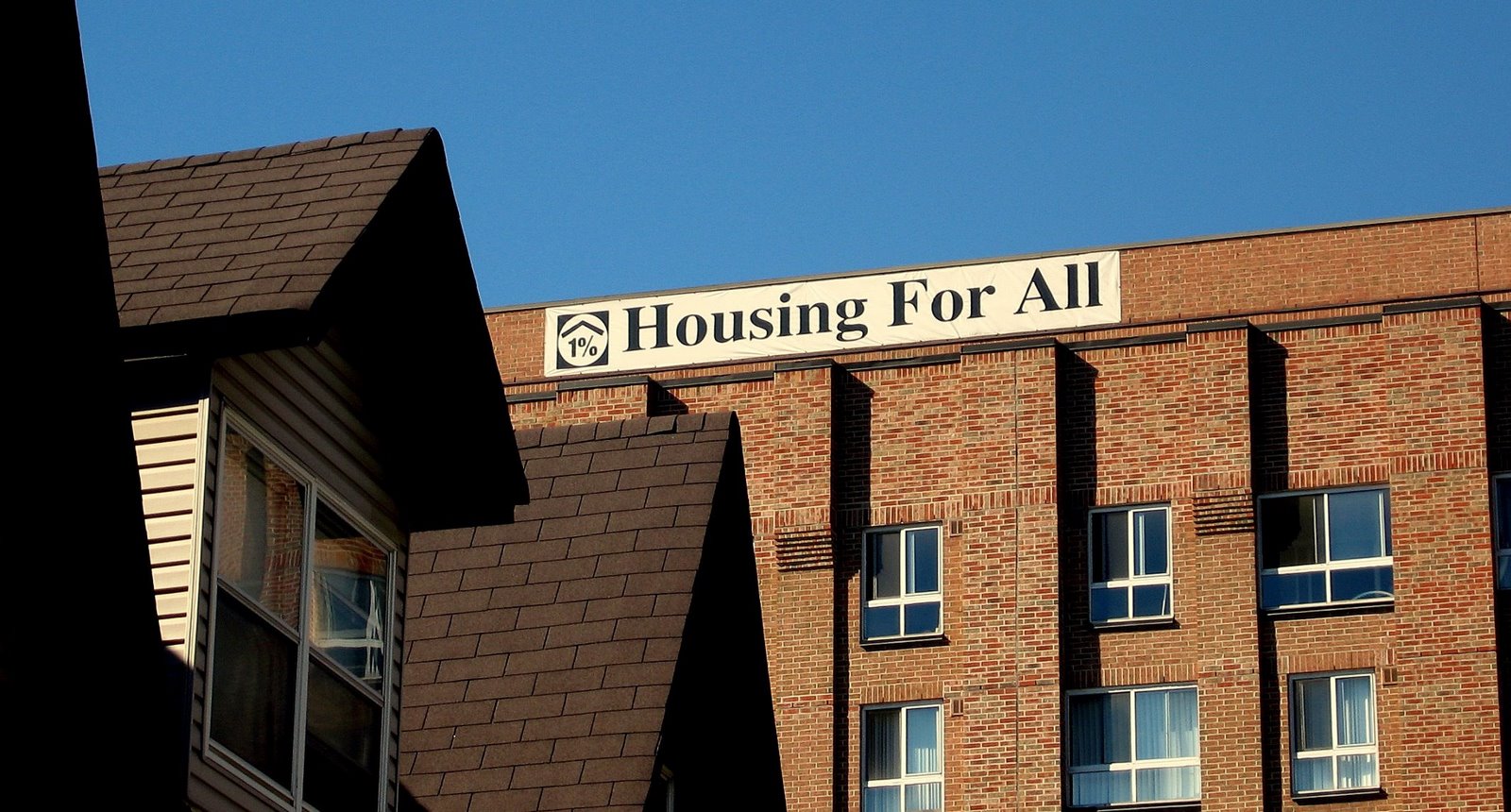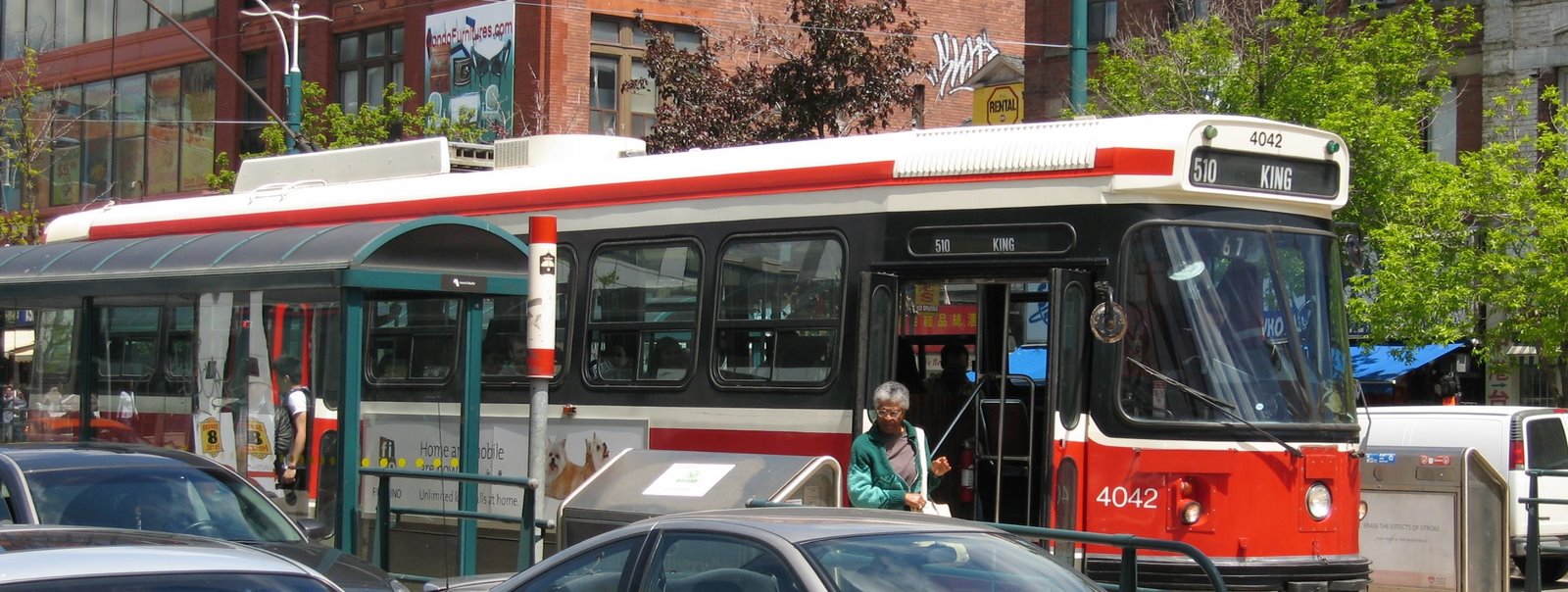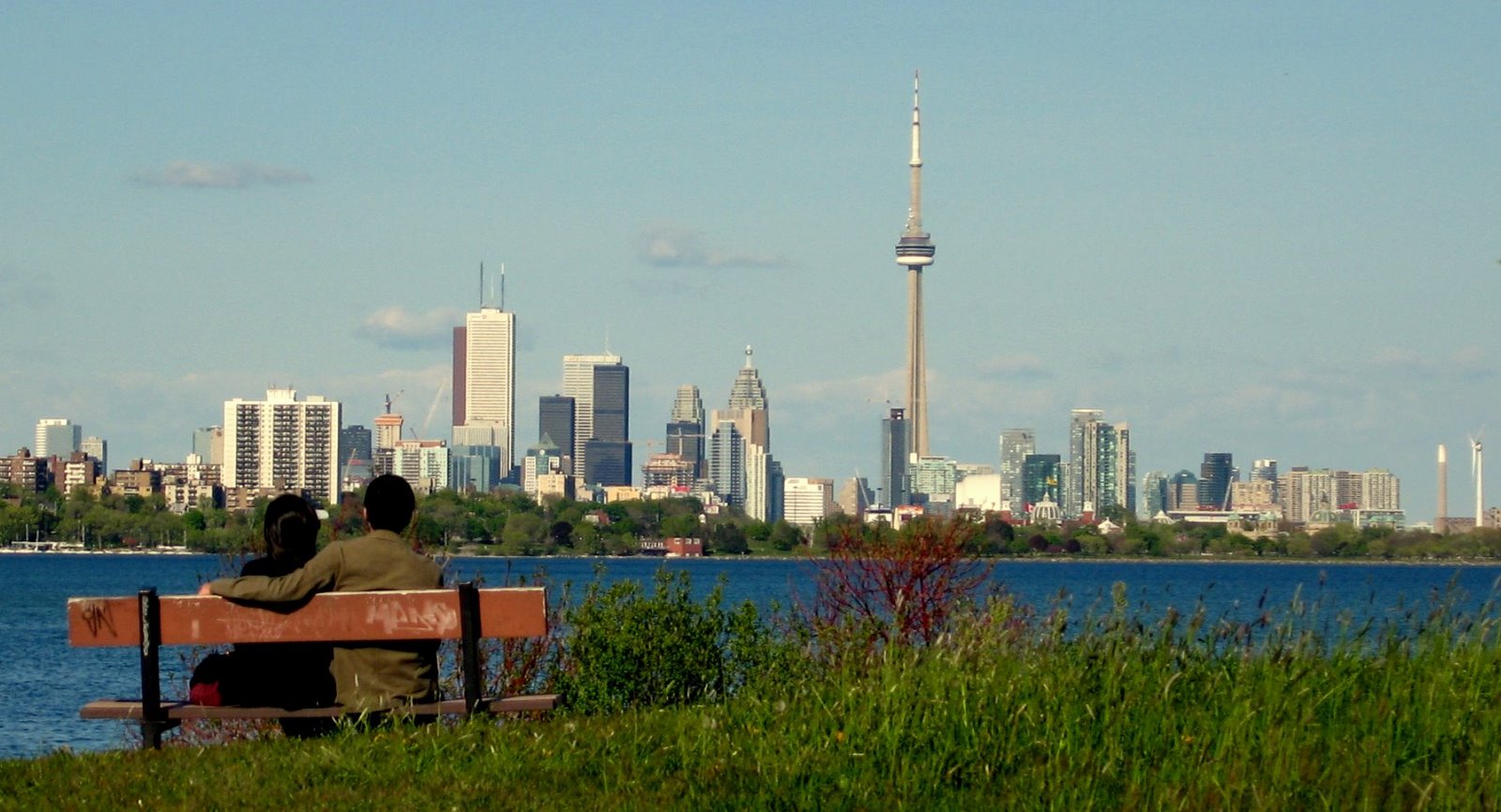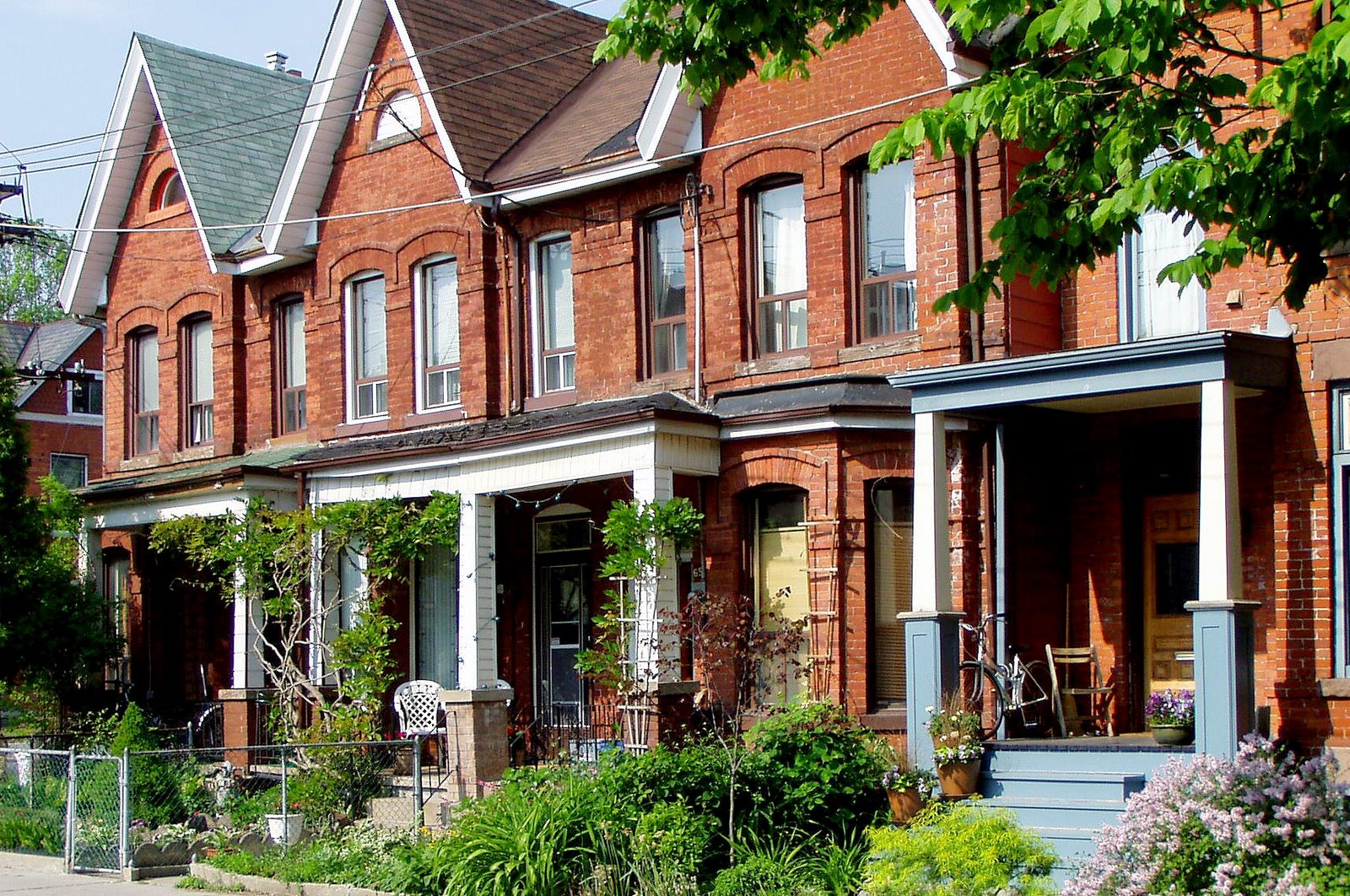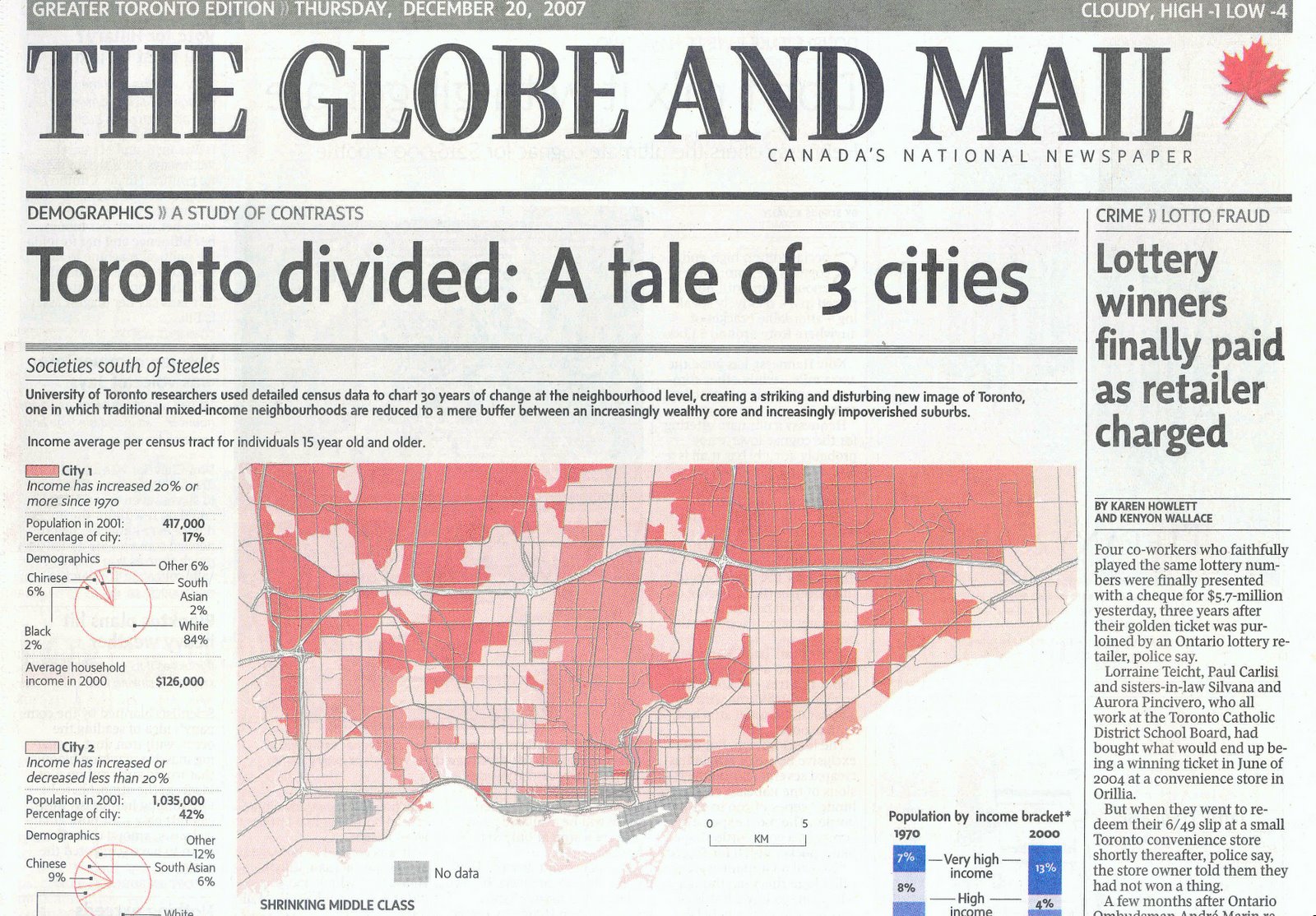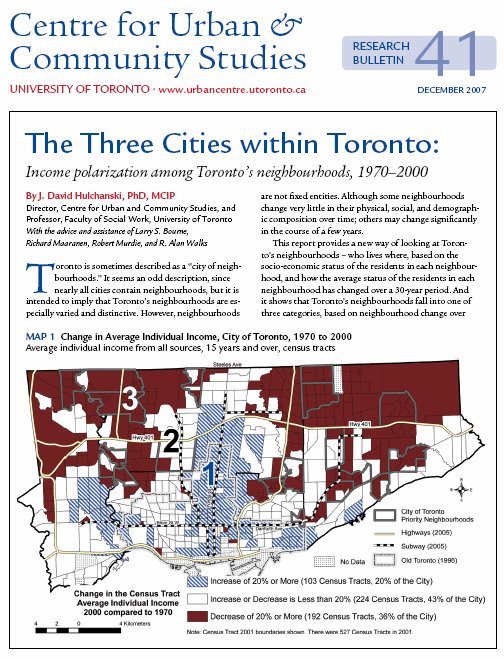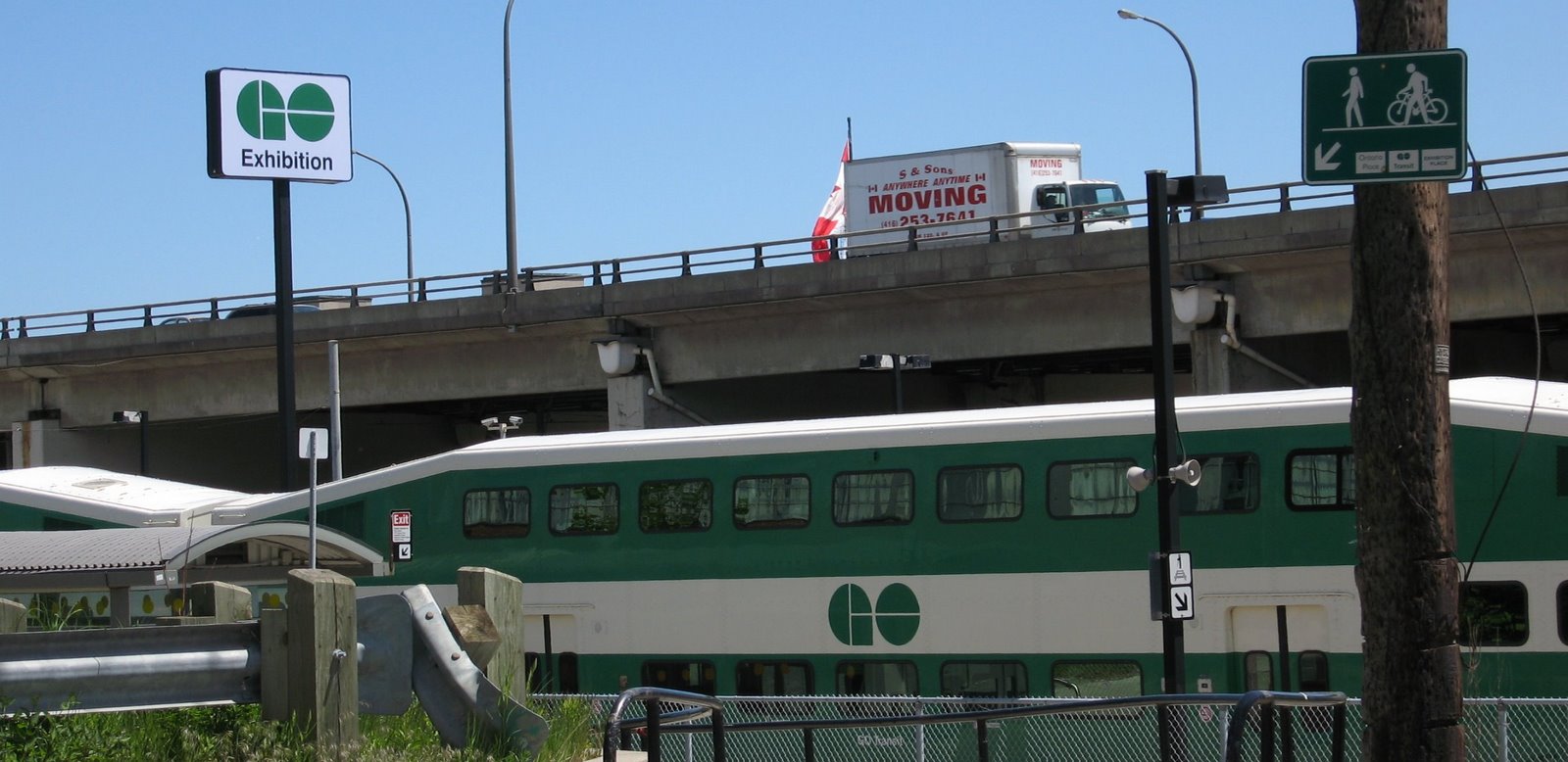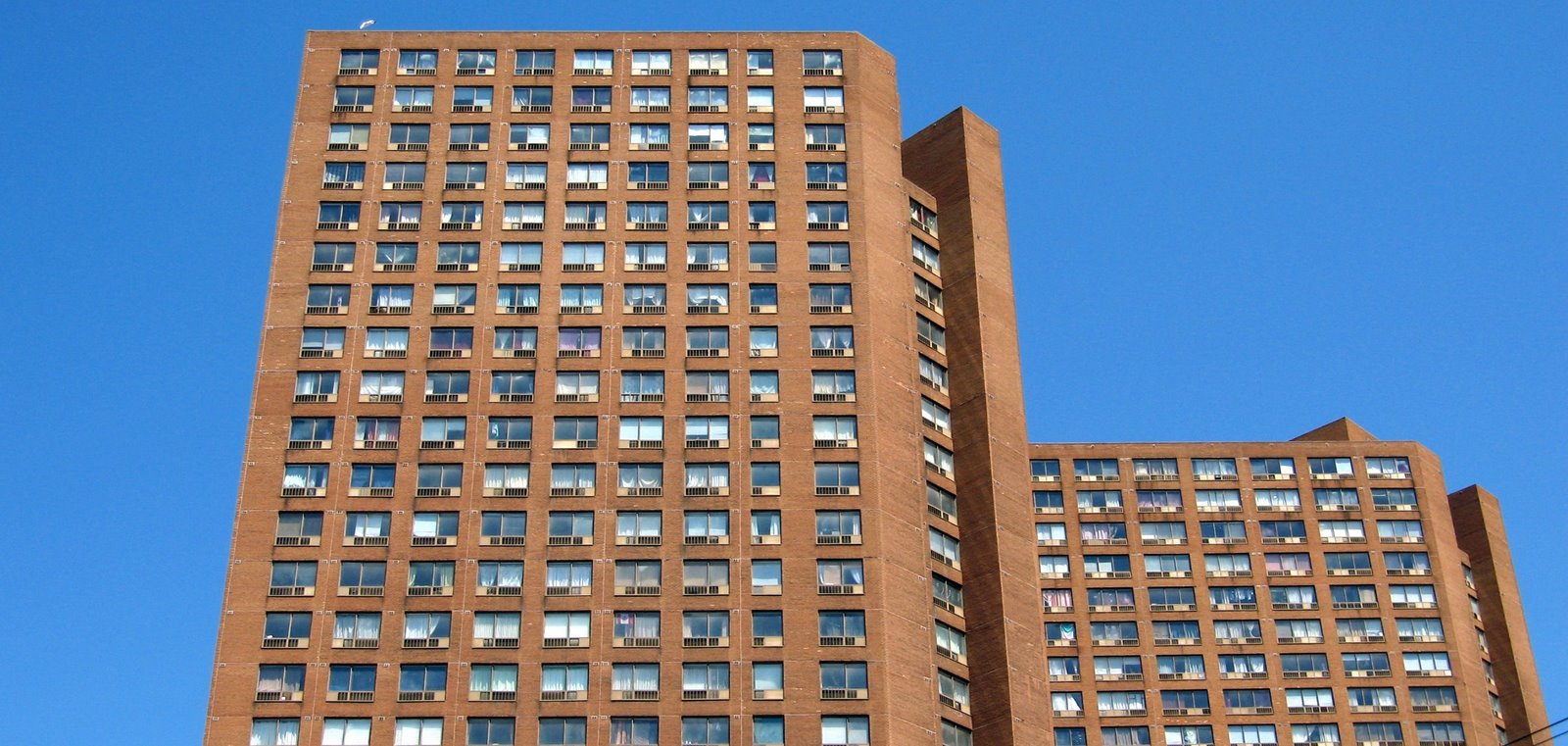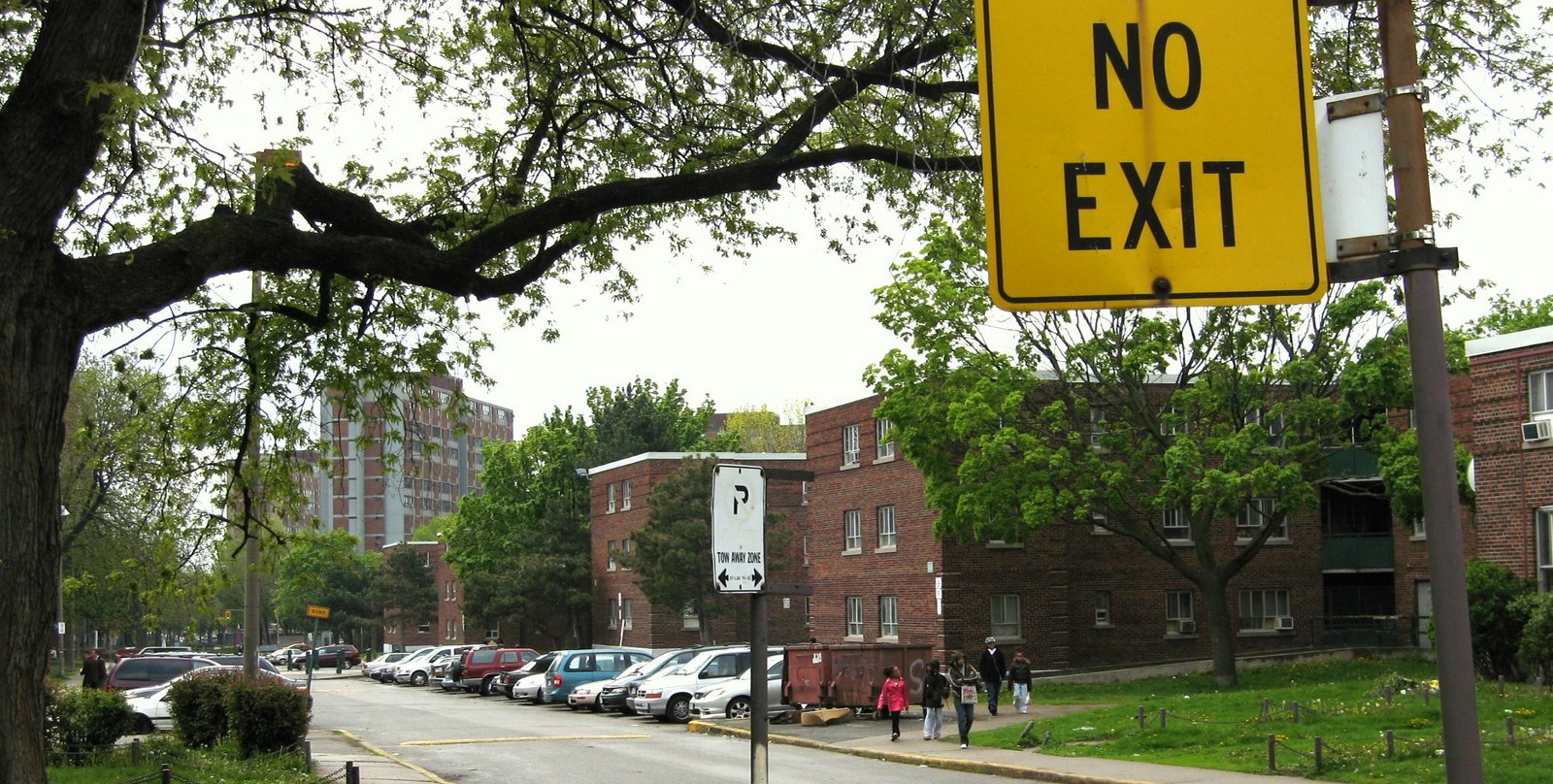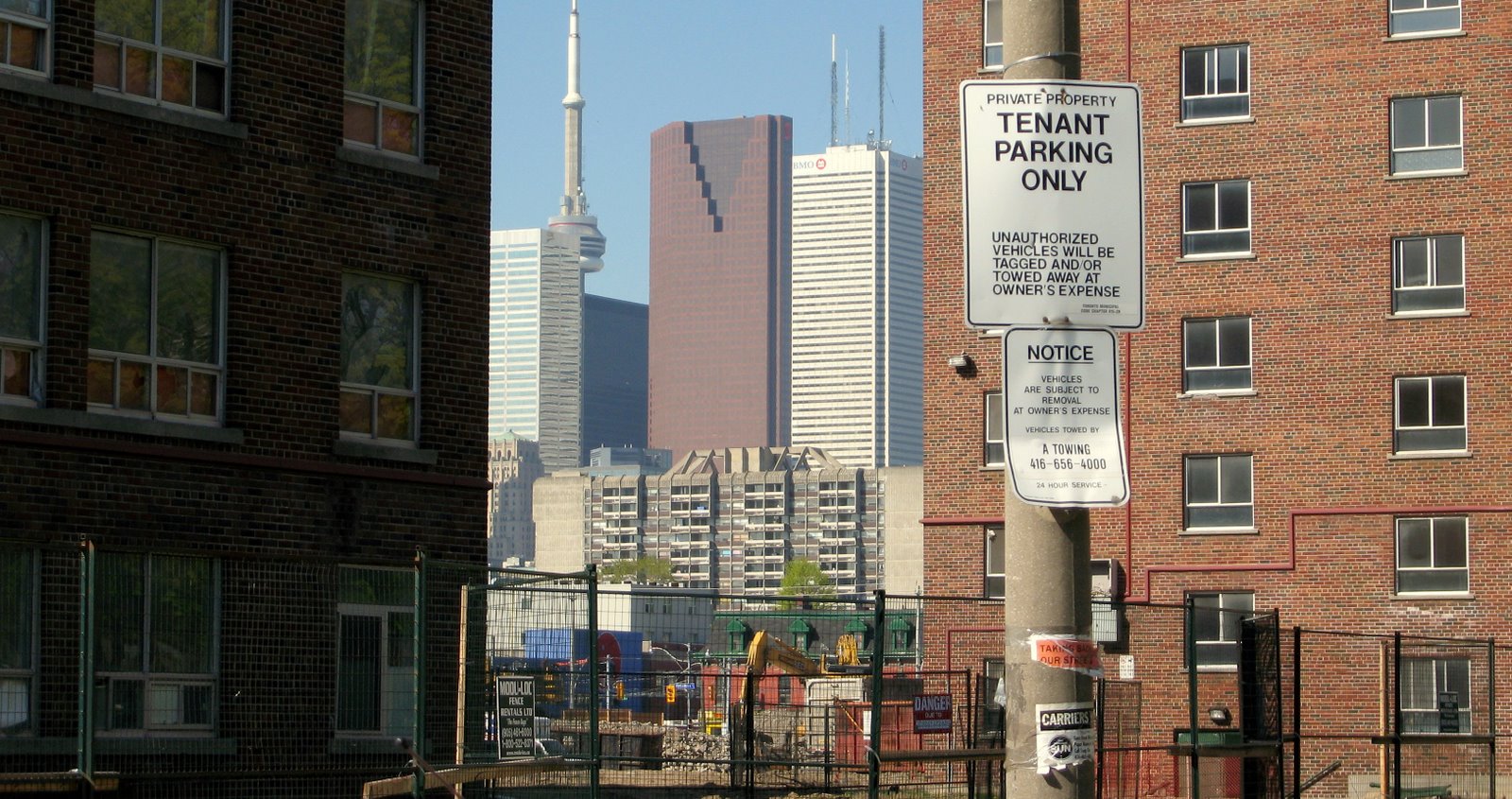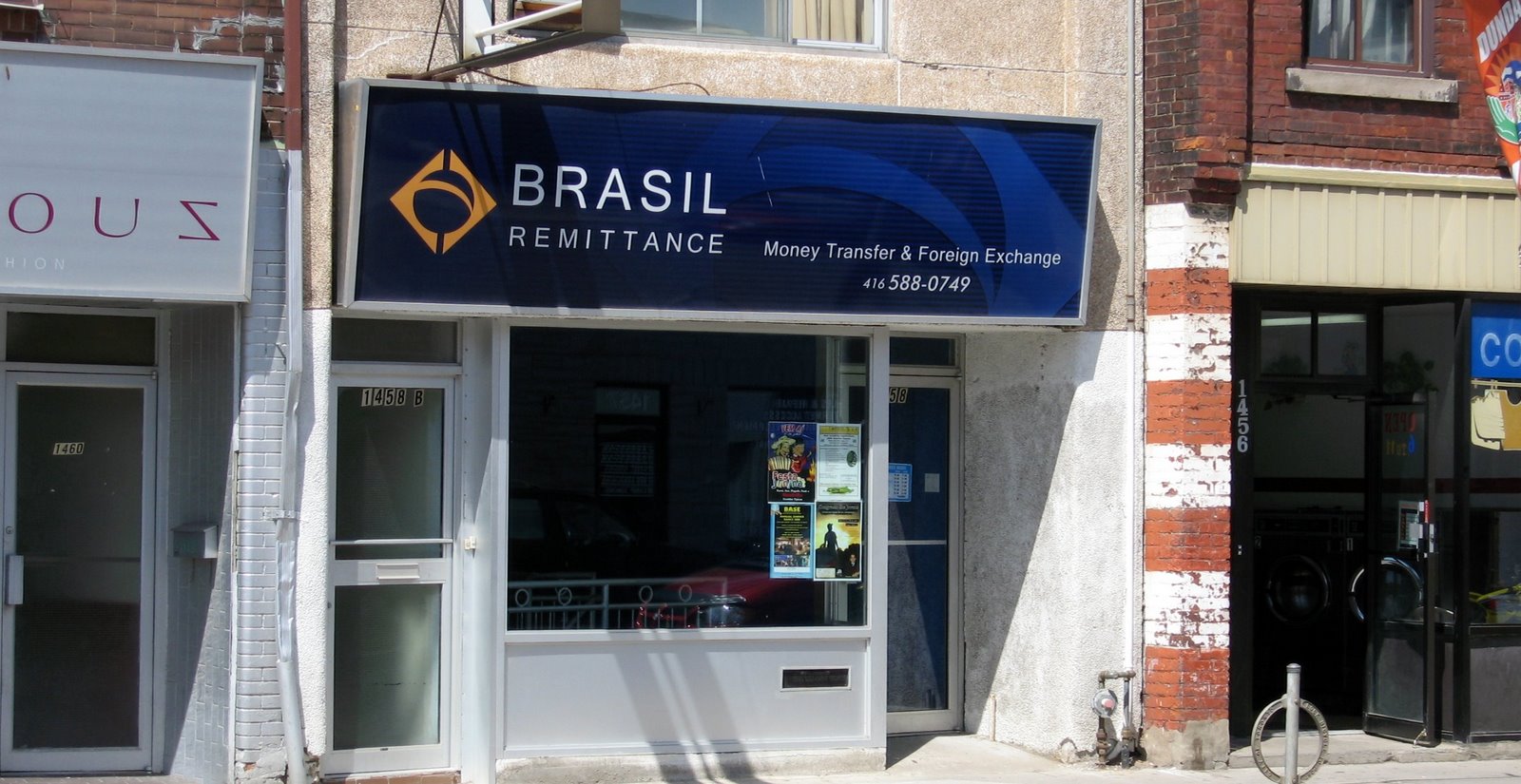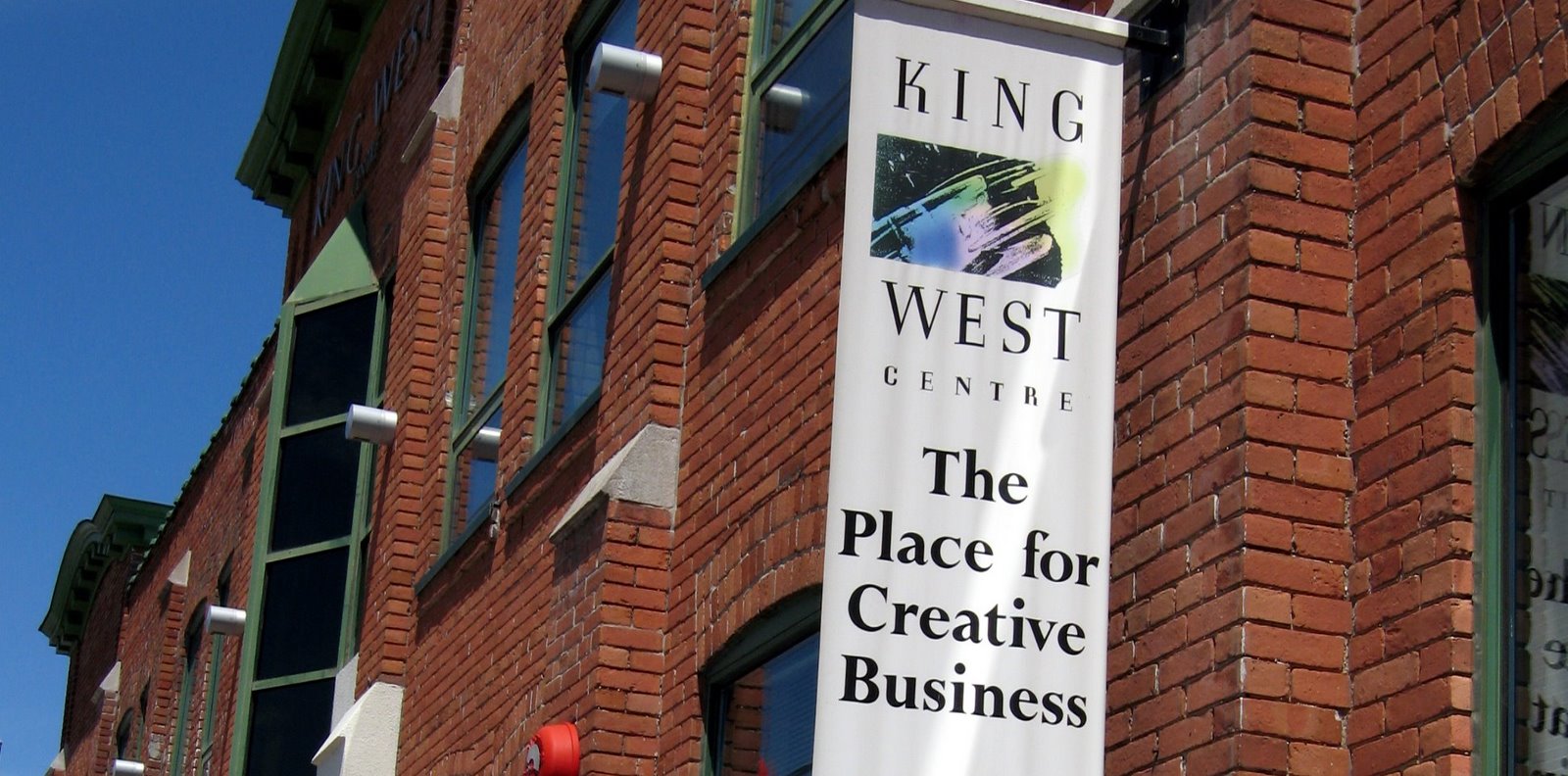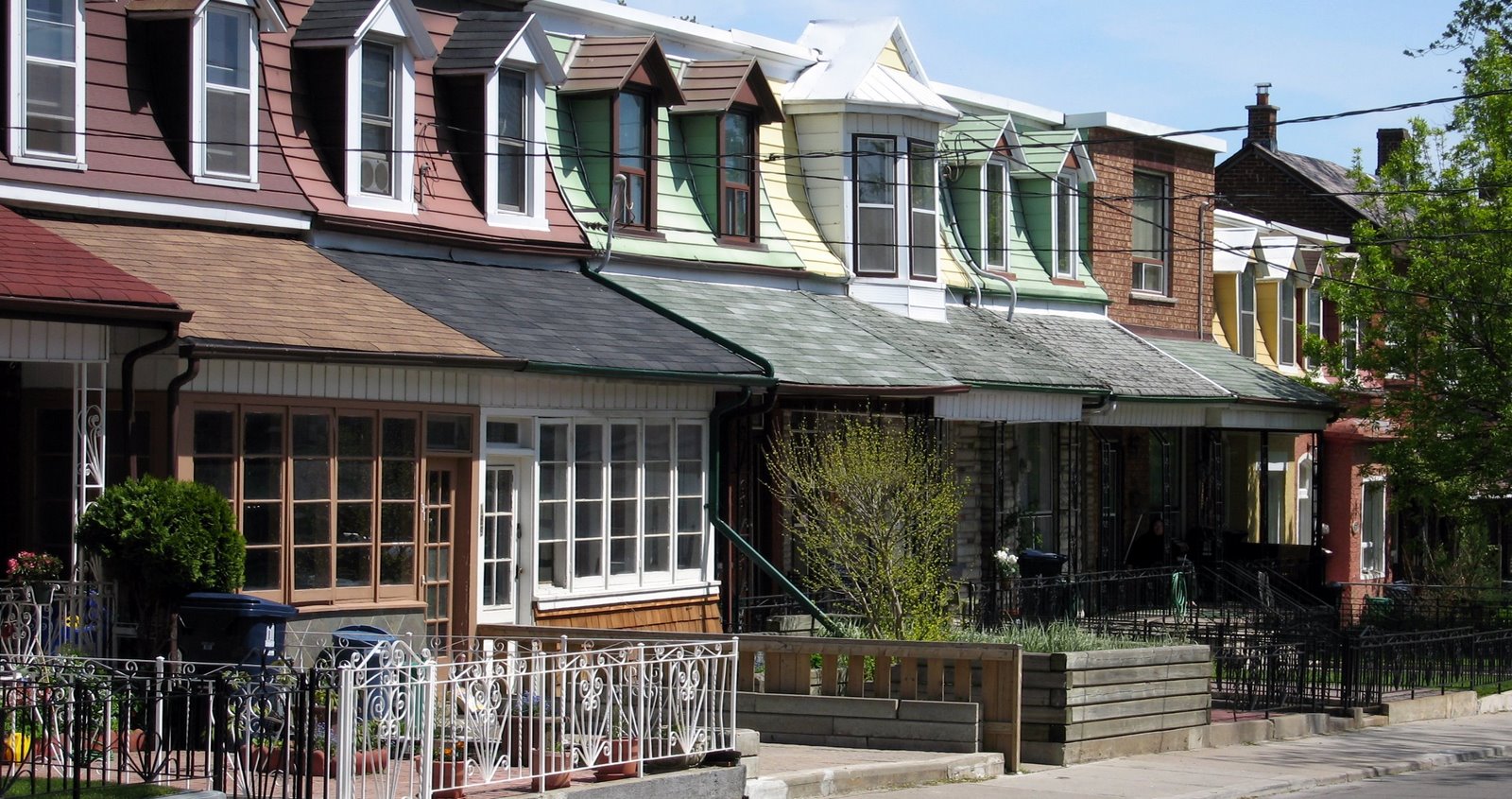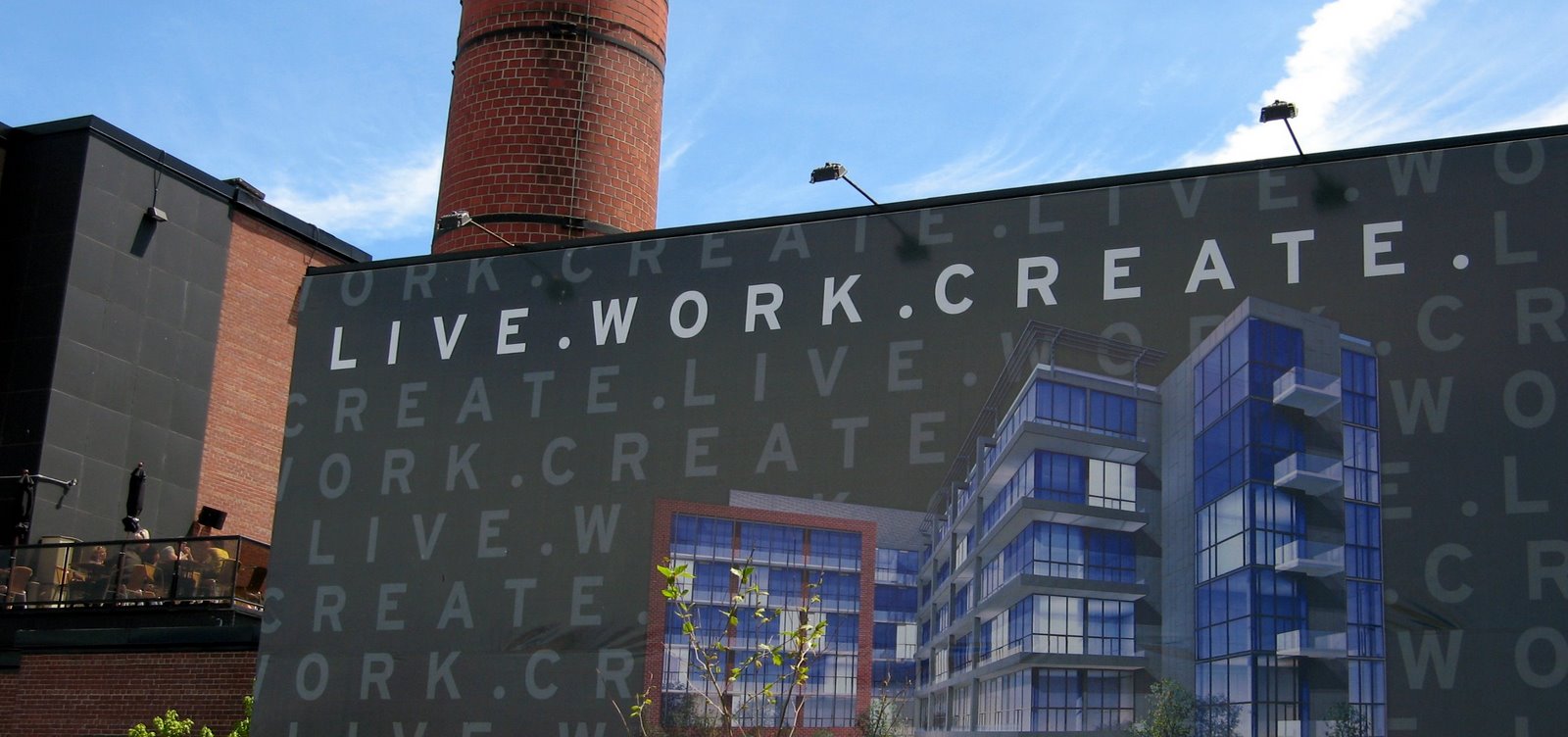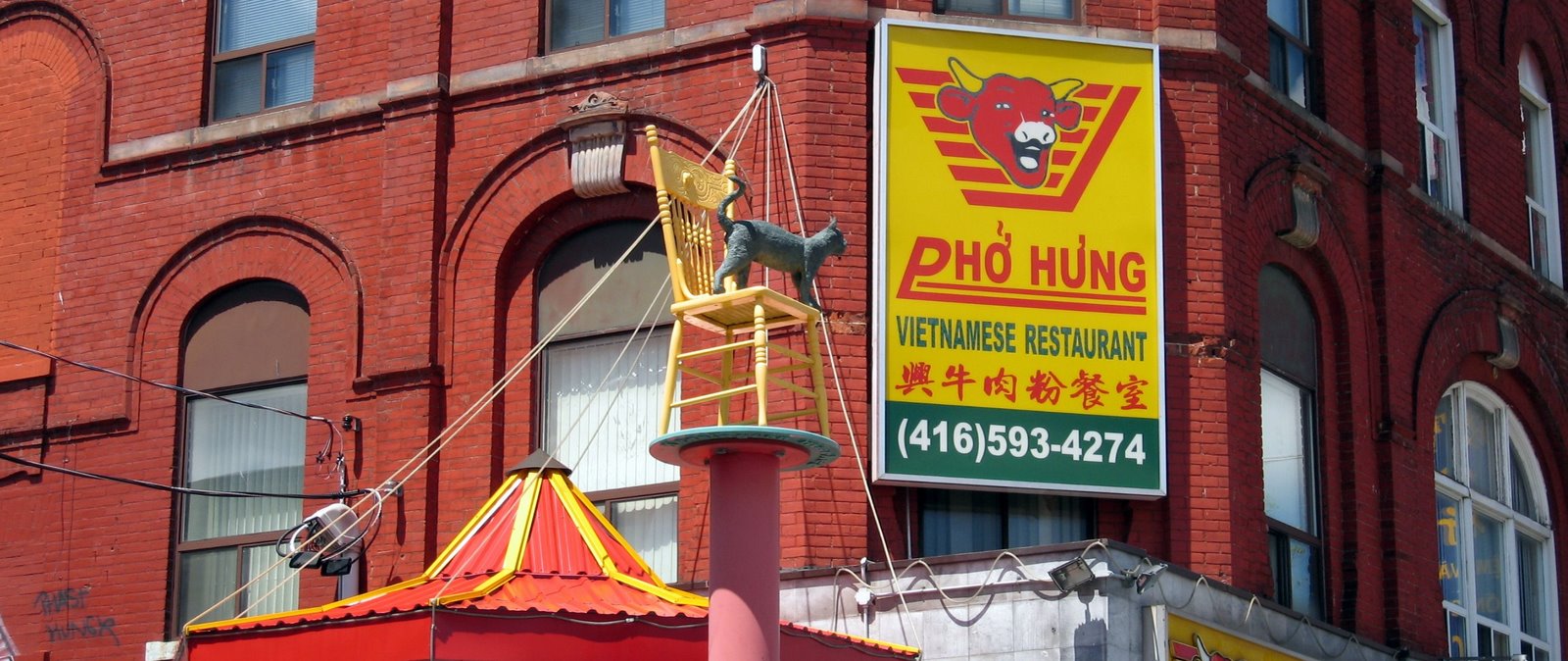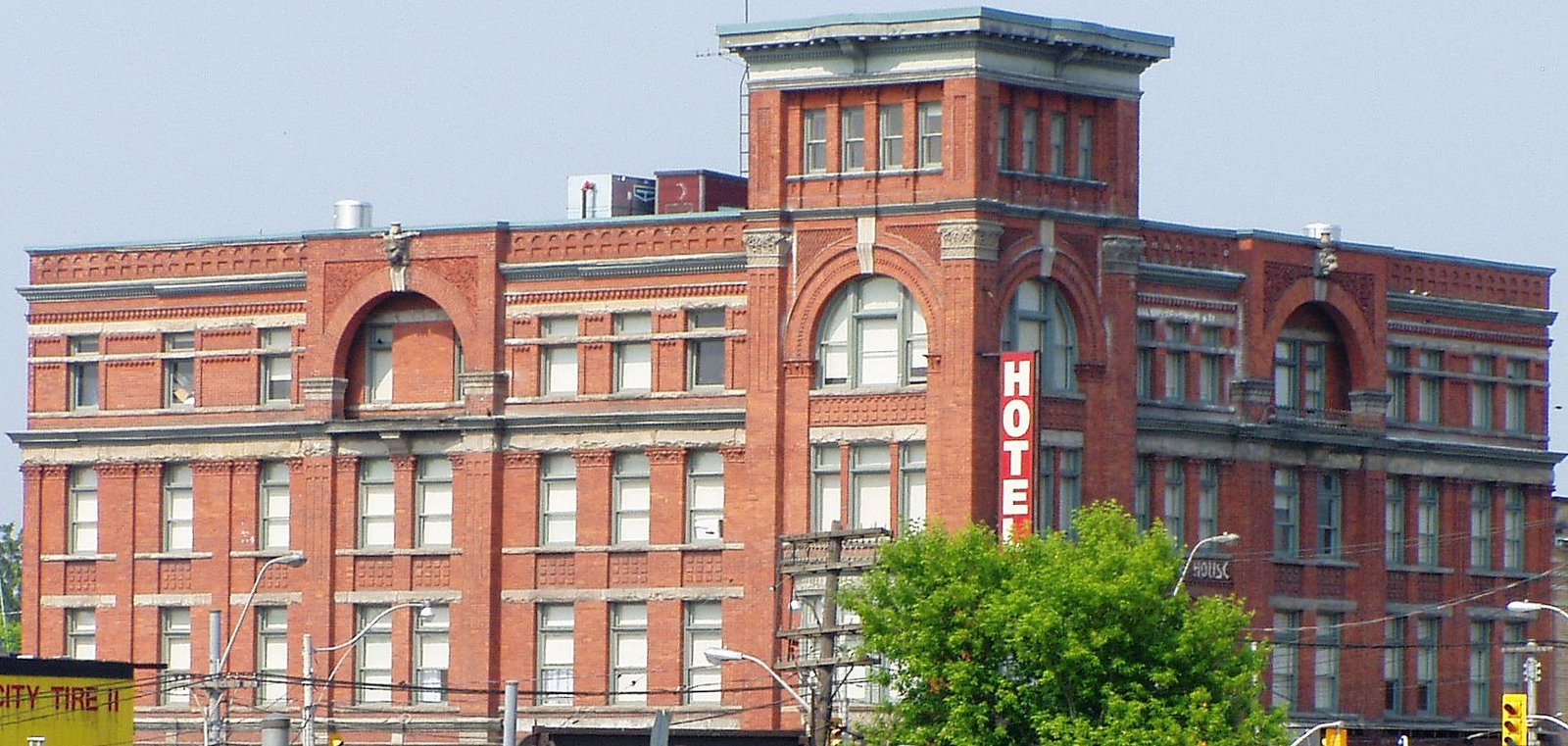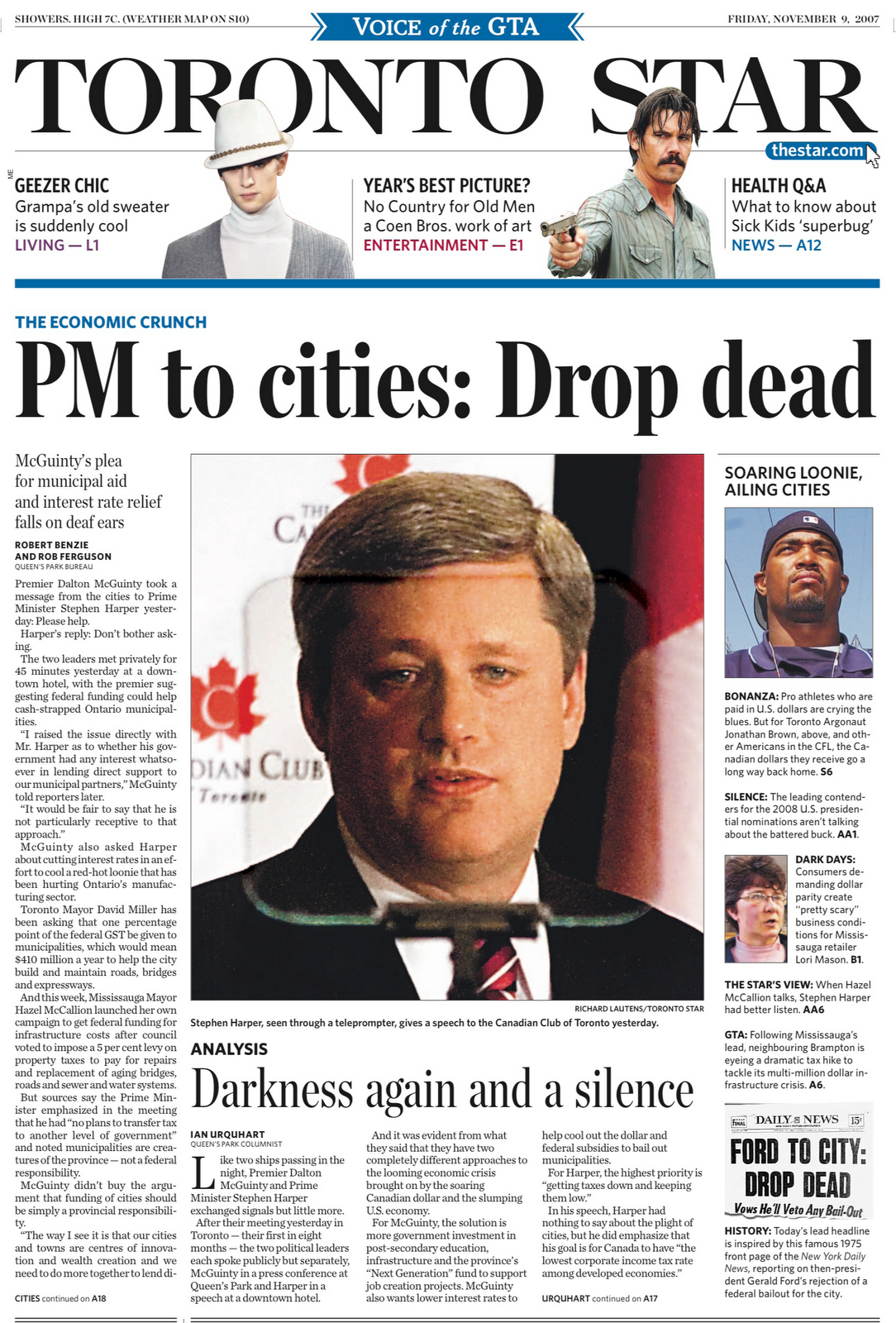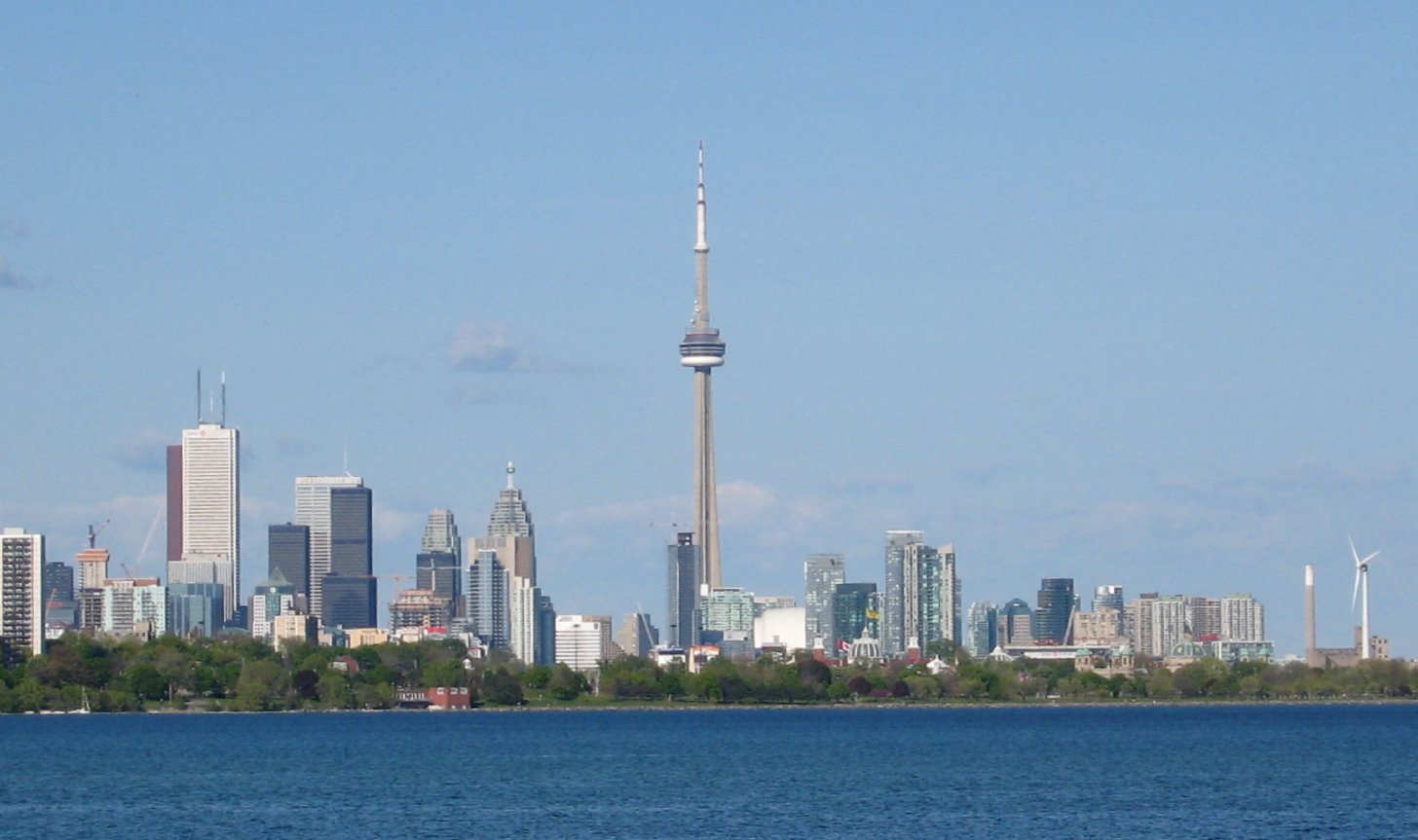On May 15, 2008 a public forum and a specialized seminar were held on the theme of “Social Mix” & Inclusive Communities, International Perspectives: A Discussion of Experience & Recent Research from Australia, England, France & Canada.
These events were organized by the five-year neighbourhood change community university partnership between St Christopher House and the University of Toronto’s Cities Centre (formerly Centre for Urban and Community Studies). See: www.NeighbourhoodChange.ca
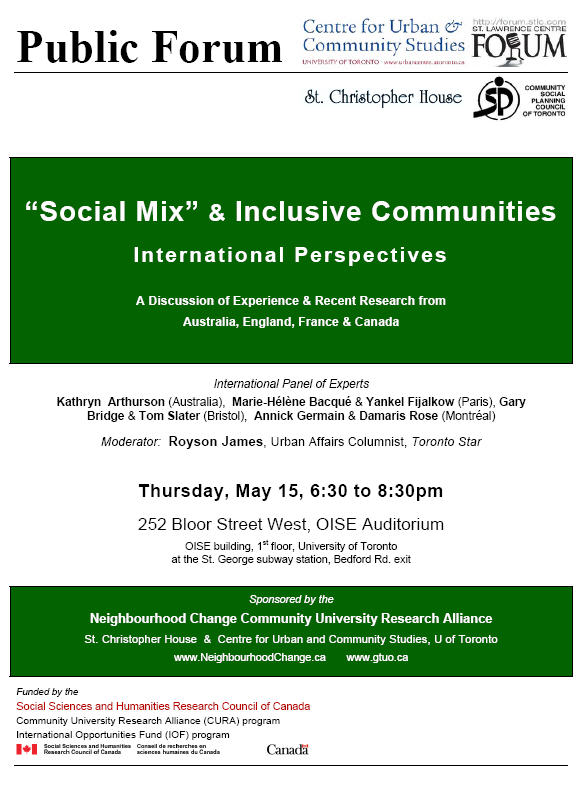
A research team (described below) happened to be meeting in Toronto. For the forum and seminar, they were joined by one of Australia’s leading researchers on social mix and public housing revitalization, Kathy Arthurson.
The following is taken from the presentation the visiting team made at a special seminar of the Toronto Neighbourhoods Research Network (see : www.TNRN.ca).
_______________________________
Project title
‘Social mix’ and neighbourhood revitalization: linking globalized policy perspectives to locally embedded experiences – towards a transatlantic comparison
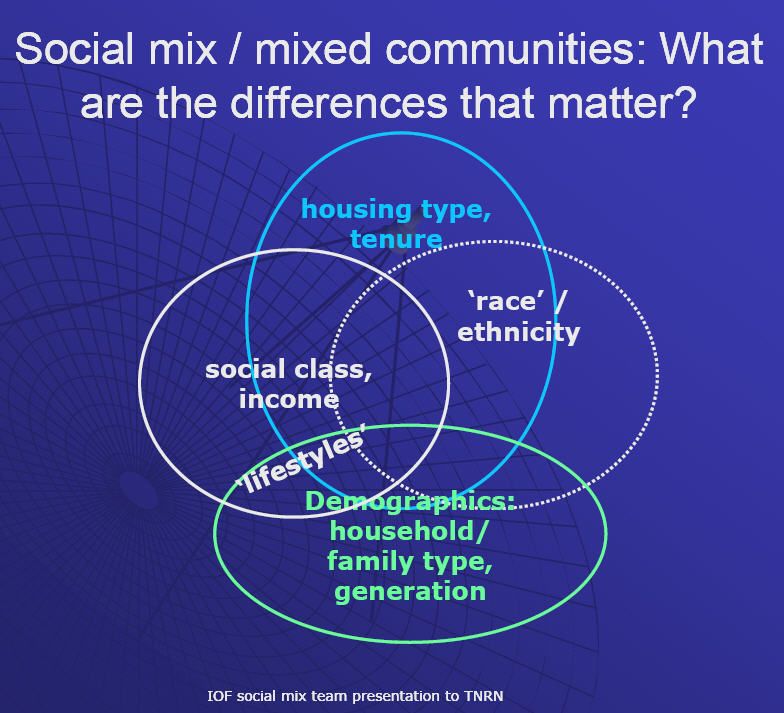
Funding
Social Sciences and Humanities Research Council of Canada, International Opportunities Fund Research Grant (2006-2008)
Research team
Tom Slater and Gary Bridge, School of Policy Studies, Univ. of Bristol
Marie-Hélène Bacqué, Yankel Fijalkow and Lydie Launay, LOUEST, CNRS, Paris
Annick Germain, Amy Twigge and Damaris Rose, Centre Urbanisation Culture Société, INRS, Montréal
Project rationale
Since mid-1990s, marked resurgence in attention and apparent international convergence around value of ‘social mix’ / ’mixed communities’ as urban policy tool
- Why has this happened?
- Is there a shared vocabulary and similar rationale and goals?
- Are there differences in values and objectives between national contexts, and between local actors in a given context?
- Explore international circulation of ideas regarding the merits of ‘social mix’ / ’mixed communities’
- Explore links between national, sub-national and local scales of policy thinking
- Decode different local actors’ narratives of social mix in inner-city neighbourhoods undergoing ‘revitalization’: what does ‘mix’ mean? what is a ‘mix’ policy meant to achieve? how do ‘mixed neighbourhoods’ work out in practice?
The team is currently producing their findings.
_________________________________
Preliminary Conclusions
(1) The changing paradigm of social mix?
- Historically, 2 phases of advocacy for social mix:Phase 1 (c.1900): utopian vision of social class reconciliation through sharing of urban space
- Phase 2 (post-WW2 welfare state): egalitarian ideal of spatial justice
- Phase 3: a neoliberal tactic for shifting responsibility for aiding the poor onto non-state actors; e.g., funding affordable housing via private-sector dominated developments; poverty deconcentration to achieve social integration by ‘the community’ or via middle-class influence
- Implicit or emerging agenda: social mix = ethnic mix?
- Ethno-cultural cohabitation issues?
- The commodification of cosmopolitanism?
- This conceptualization opens up space for exploring competing discourses, in particular, the gap between romantic visions of social mix and the reality of negotiations ‘on the ground’
